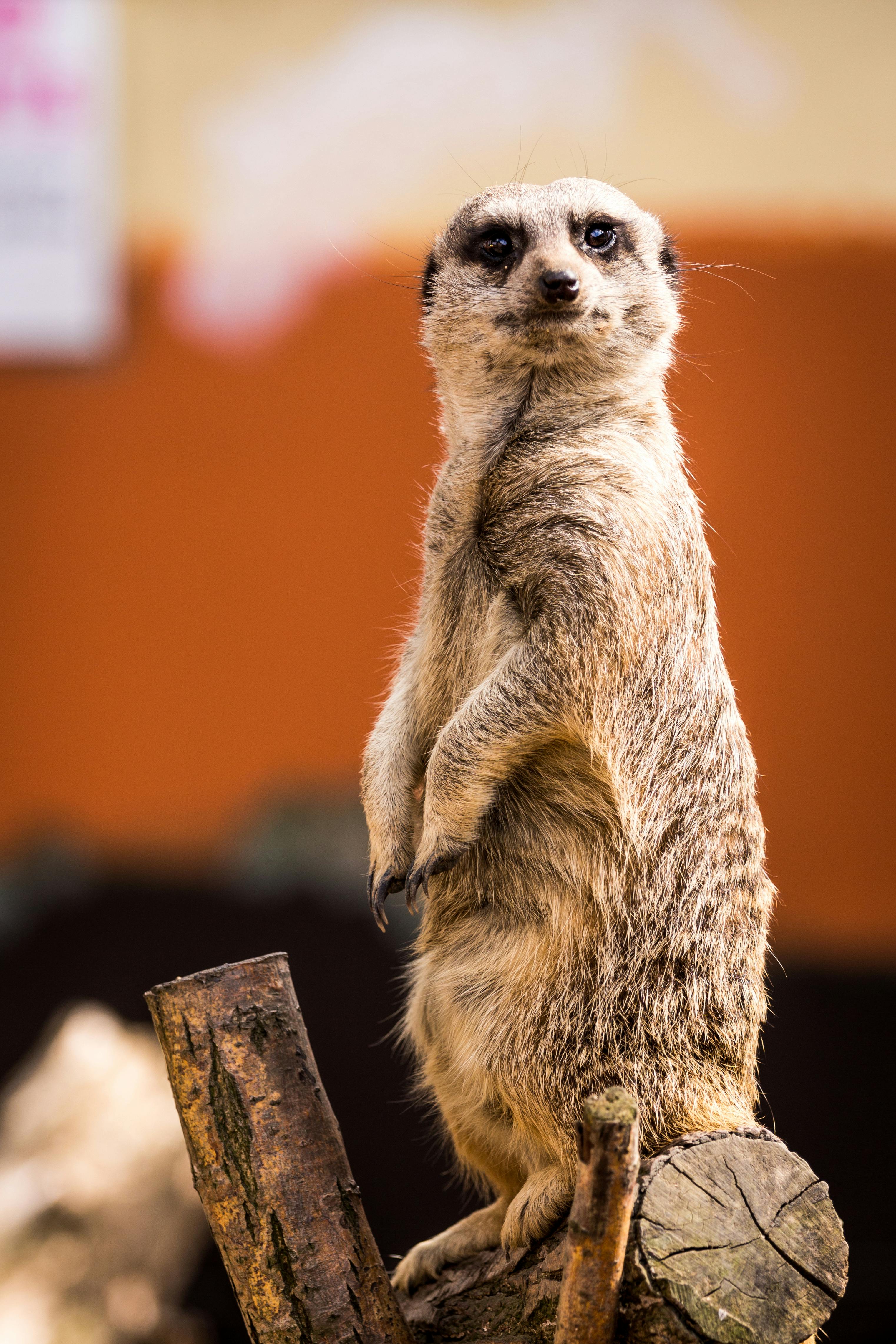Understanding the Complex Social Structure of Meerkats
Intro: Delve into the captivating world of meerkats, small but mighty animals who rule the African savannah with their intricate social system. Uncover the fascinating dynamics of meerkat societies and learn about their survival strategies and unique behaviors.

The Intriguing World of Meerkats: An Overview
Meerkats, or Suricata suricatta, belong to the mongoose family and are native to the southern parts of Africa. Despite their small size, meerkats are known for their remarkably complex social structure, which has been the subject of numerous scientific studies. Meerkats live in large groups called “clans,” “gangs,” or “mobs,” which can comprise up to 50 individuals. Each meerkat clan operates with a rigid hierarchy and a strict division of labor that ensures their survival in the harsh African savannah.
The Hierarchical Social Structure of Meerkats
In every meerkat group, there is a dominant pair – an alpha male and female. The alpha female, often the heaviest in the group, is the matriarch and has the exclusive right to reproduce. Any offspring from subordinate females are often killed by the alpha female to ensure her progeny gets the maximum care and resources. The alpha male, usually the mate of the alpha female, helps guard the group and maintain order.
Division of Labor: The Survival Strategy
Meerkats exhibit a fascinating division of labor within their societies. Adult meerkats take turns performing duties like foraging, babysitting, and sentry duty. The sentry, often perched on a high point, watches out for predators and warns the group of impending danger. This cooperative behavior increases the survival rate of the clan and is a testament to their social cohesion.
Meerkat Communication: A Key Aspect of Social Dynamics
Communication plays a critical role in maintaining the complex social structure of meerkats. They use a variety of vocalizations to convey different messages, ranging from warning calls for predators to soft purrs during grooming. Meerkats also use scent marking to establish territory boundaries and indicate social status.
Current Research and Conservation Efforts
The complex social behavior of meerkats continues to intrigue scientists, leading to ongoing research on their behavioral ecology. Recent studies focus on their sophisticated alarm calls and cooperative breeding strategies. Unfortunately, habitat destruction and climate change pose threats to meerkat populations. Conservation efforts are underway to protect their habitats and ensure the survival of these fascinating creatures.
In conclusion, meerkats, with their intricate social systems and survival strategies, give us a glimpse into a world where teamwork and cooperation are key to thriving in a challenging environment. These small mammals not only fascinate us with their social dynamics but also teach us valuable lessons about adaptation and survival.




